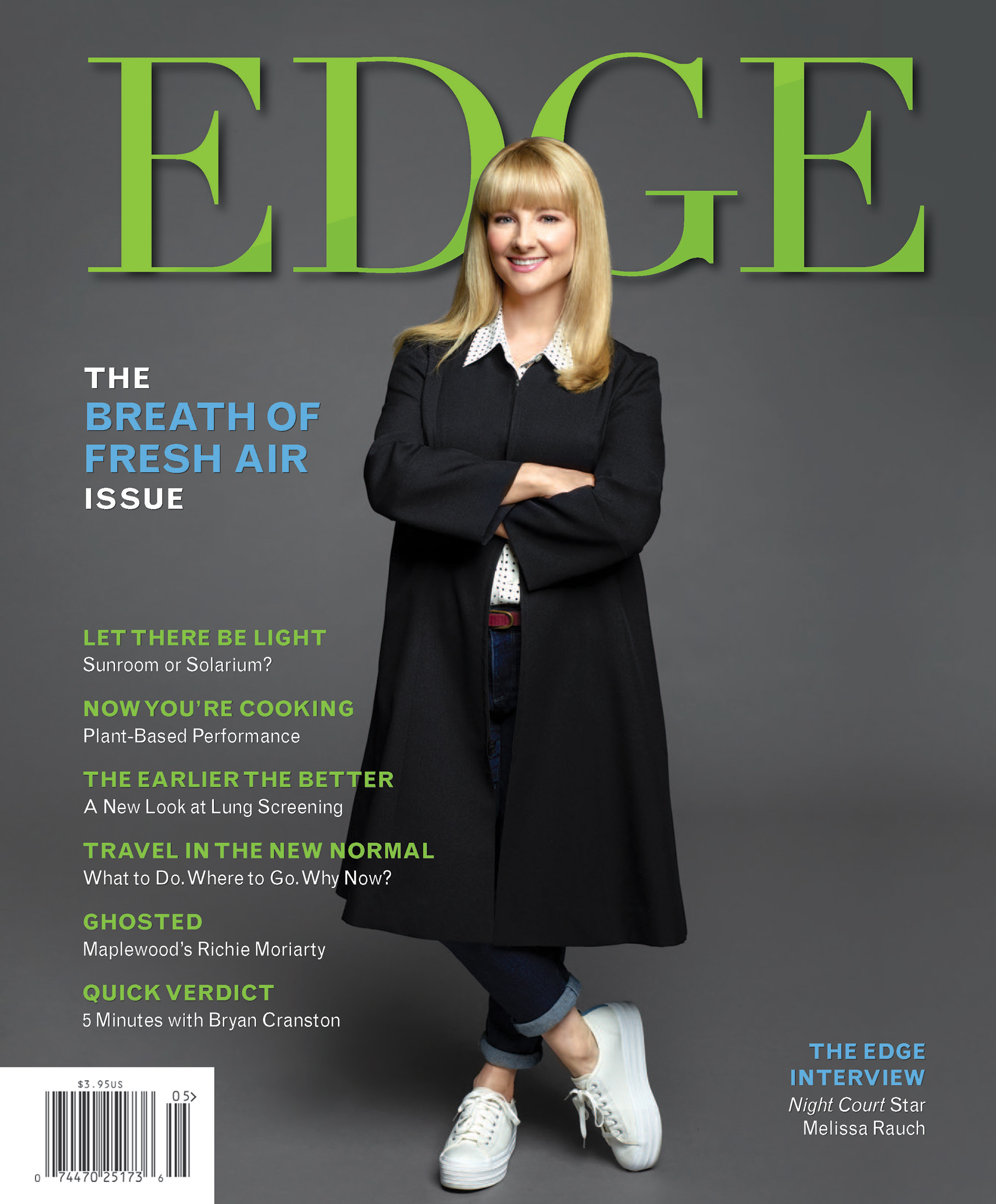EDGE Interview
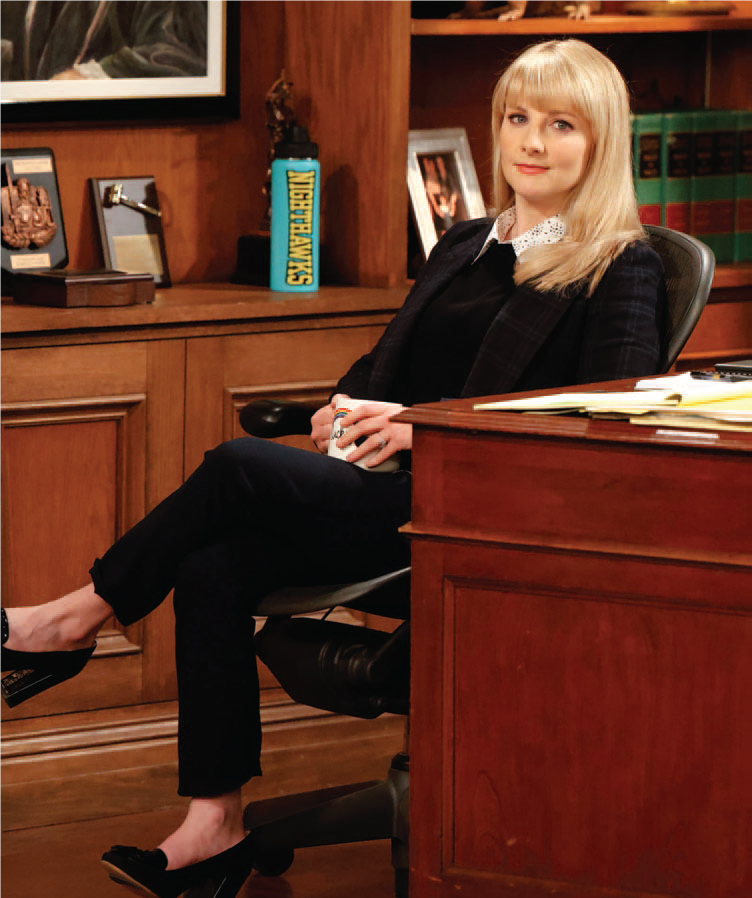
Courtesy of NBC Universal
Revivals are money in the bank on Broadway. Not so much with television sitcoms. The skill and teamwork required to reinvent a beloved show like Night Court without losing its original mojo places incredible pressure on its producers and its stars. No one is betting against Melissa Rauch, who happens to be wearing a share of both hats on what has quickly become the top-rated new network comedy. She and Night Court original John Larroquette know a thing or two about what it takes to put a fine edge on an ensemble cast.
Melissa played sunny but tough-as-nails Bernadette on The Big Bang Theory, blending the voices of her parents growing up in Marlboro to create one of the most unusual and beloved TV characters of her generation. Now she plays Judge Abby Stone, daughter of Harry Stone, meting out justice to an endless stream of oddballs and miscreants, including Larroquette’s older (but not necessarily wiser) Dan Fielding. You can take a girl out of Jersey, but can Gerry Strauss to find out. you ever take Jersey out of a girl? It didn’t take long for Gerry Strauss to find out.
EDGE: If you magically had a free day back in New Jersey to do anything you wanted, what would you do?
MR: My gosh. Oh, this is so exciting. I love this question so much. Okay, let’s see…maybe start off for brunch at the Molly Pitcher Inn. That’s a very special occasion place. I’ve only been there once in my life. I think it was for Mother’s Day brunch years ago. Then I’d take a walk through Red Bank, which is one of my favorite things to do. Next, oh gosh, I’m trying to decide between Point Pleasant and Seaside, but I think I’m going to do both. I’m going to go to Point Pleasant first with the kids and walk along the boardwalk and do some rides. Then when we’ve gotten our fill of Point Pleasant, we’re going to go right to Seaside and do the same thing. Then I’m going to go crazy and head over to the Asbury Park Boardwalk. I’m just going to do a boardwalk day and get some lunch there, then hit up Moonstruck for dinner. Oh, wait, I didn’t go to the mall [laughs]. I gotta get to the mall before it closes. I’m going to go into my Freehold Raceway Mall and do some shopping there, take the kids on the carousel and then I’ll go to Moonstruck for dinner. Then I’m going to go back to a boardwalk and get some custard.
EDGE: I love that you took your kids to two different boardwalks and amusement parks and you still needed to fit in that carousel in the mall.
MR: It’s iconic! Oh wait! I gotta go to the Turtleback Zoo. We fed a giraffe there once, which was so exciting and it’s still talked about in this house. My whole family would be with me the whole day because that would just make it a dream.
EDGE: Growing up in Marlboro, what was your relationship with television comedy?
MR: It ran deep [laughs]. I loved nothing more than sitting with my family on the couch and watching a sitcom, and there was just so much comfort in that. I remember watching Night Court with my family and very vividly either my mother or father saying, “Cover her ears!” [laughs]. Of course, that made me even more interested in it. I remember laughing so much—even if things were going over my head—and then having these beautiful moments of heart that I really connected to. Even if I didn’t understand exactly what was going on, I knew that at that moment something important was happening. Mm-hmm. There was always laughing again very soon after, and I loved the fact that something in this little box in my living room could make me feel so much. Sitcoms were almost like my friends growing up, and I very much looked forward to getting my homework done so that I could hang out with my friends. It was just such a formative part of my childhood years, and even before I really knew that that was a job, I knew that it was something very exciting and interesting to me.
EDGE: It almost seems like destiny that you’d end up playing the role of Bernadette on one of TV’s most successful sitcoms of all time, The Big Bang Theory. Looking back at that show coming to a close, were you ready to move on, or was it a challenging transition?
MR: I loved how Big Bang ended and I thought the writers did a really beautiful job in having that come to an end in a really satisfying way. So I felt really good about moving on. It will always remain such an important part of my heart and my life, and I’m still eternally grateful for everything that it was. As far as figuring out what that next move was? I wasn’t sure in which direction I would go. I honestly didn’t think that it would be another sitcom. As much as I love them, I knew that I wanted to come back to it at some point— but I didn’t know that was the move that I was going to make. I’m so glad that it was Night Court ultimately, because I’m having so much fun doing it. It’s been such an incredible experience. But I didn’t really have a master plan by any means. It just fell into place and felt right at the time.
EDGE: When you are out and about in public, are there certain Big Bang episodes or lines that people repeatedly bring up to you?
MR: People do often ask for me to do the voice, or they’ll hear me talking [in my normal voice] and then say, “Oh, we thought you were someone else.” Then they move on [laughs]. Sometimes they’ll shout at my husband, “You’re not Howard!” I really love when people come up and talk about the Bernadette “entrance into motherhood” storyline. It was something that I was very proud of when we were doing it, and I love that the writers ventured into that territory. It was a very real depiction of early parenthood and also the phase during pregnancy where you have all these feelings that come up. I love that we tapped into it. Sometimes people come up and talk about that.
EDGE: How and why did Night Court become your next big project?
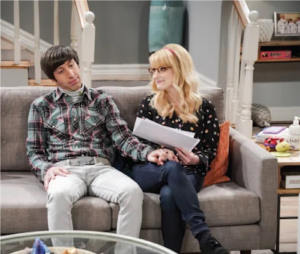
CBS Photo Archive
MR: You know, I originally was just going to be producing it, and that was very much my plan from the beginning. When I was asked if I was going to star in it, I’d say, “No, that’s not in the cards for this. I really want to be behind the camera on it.” As we were developing the script and I read the first draft, I thought, Oh my goodness, if I got this script—if it was just sent to me as an actor—I would be fighting to play this role and to be a part of this project. I was like, What am I doing, not putting myself in this role? Developing the project with John Larroquette was very much a dream come true, having been a fan of the show and his work on it for many years. I kept thinking about the person who was going to be lucky enough to get to do these fantastic scenes with him. I started realizing that I’d be kicking myself big time if I’m sitting behind the monitor watching this lucky person get to play this role. It just really started to feel like this was meant to be and this was the right move, so at the last minute I said that I was going to join…and I’m very, very glad I did.
EDGE: From conception to pitching to the network to production to broadcast, how long was the entire process that brought Night Court back to life?
MR: It was about three years, so it was quite a while. We started developing it before the pandemic and then we didn’t have our first meeting with John until after the pandemic. So that was all over Zoom, all over the phone. We pitched the show over Zoom and there were so many questions about whether people can be around each other and if we could have a studio audience because it was really the very beginning stages of lockdown. NBC came on board to do it and we developed the whole pilot during lockdown. Our audience was still socially distanced and masked and we had to limit them to 40 or 50 people. By the time that we were actually picked up, which was many months later, we were able to have a full audience, which was very special. So it was really quite a long road to get to this point, but it was a very gratifying one.
EDGE: With you and John coming into this project with plenty of success starring in popular ensemble comedies, were there any philosophies that either of you brought to the cast, based on your respective experiences?
MR: Ah, that’s a great question! I think there’s something common among multi-cam sitcoms, no matter when you do it, that you sort of speak the same language, because there is such a rhythm to it. There’s a rhythm to how the week goes. There’s a rhythm to how tape nights go. Whether it was the era that John did Night Court or we did Big Bang, it’s all sort of the same language, which is really exciting. John really sets the tone in how we all work together and how the week goes. I think we were both really looking forward to creating that workplace family, both off camera and on camera.
EDGE: What do you love the most about multicam?
MR: You get this week where you’re doing rehearsals together and you’re figuring out the pacing and where things are going to go. So it’s really like doing a play. You’re sort of like this little theater troupe that gets to bond and put on a show together every week. I love the camaraderie of a cast and getting to put something on its feet and getting to see material come to life over the course of a week. Getting to do that with John and our amazing cast has been a dream come true.
EDGE:A lot has changed in your life and career since you walked onto The Big Bang Theory set as the “new girl” in the cast. Now, you are a series lead, a TV veteran and a producer. Since day one of this show’s journey, have you felt comfortable being somewhat of an authority figure and leader on this show?

Courtesy of NBC Universal
MR: I feel like my authority comes into play in that I just want everyone to be terrified of me. [laughs] The Jersey comes out and no one is to look me in the eye. I feel like it really sets the tone if everyone is just constantly walking around with total fear and absolutely petrified! [laughs] I was very fortunate with Big Bang in that when I came into the cast in the third season, everyone was so welcoming. I was very grateful how they integrated me into the show, because it was done little by little and not forced on anyone. I think that was helpful, because I would’ve been mad at myself if I came in and ruined that show—especially as a fan of it. That welcoming environment was something that I definitely wanted to take with me, so coming from an ensemble and starting this new ensemble was really just about understanding that we are a team, which is something that’s super important to me. So even though I’m producing it, I really love working in a collaborative environment where everyone can feel welcome and heard. I don’t really see myself as an authority figure. Just a part of this new great team.
EDGE:I know you were joking about trying to scare everyone, but that response is the perfect reason why you pull off characters like Bernadette and Abby Stone so well. You have mastered the art of mixing your sweet, harmless exterior with that inner toughness and aggression that comes out when we least expect it. Is that another example of the Jersey Girl within?
MR: You know what? I cannot deny that. When it comes down to it, I am Jersey through and through, so I feel like my Jersey is always boiling right under the surface at all times.
EDGE: Like the Hulk!
MR: Exactly. [laughs] It’s very much a part of my DNA and I love the opportunity to unleash it whenever I can.
EDGE: What’s something you’d like to tackle that you haven’t gotten around to yet?
MR: You know what? I’d love to host Saturday Night Live. It would be such an honor, and I’d be that much closer to New Jersey. Put that on the list!
Editor’s Note: Night Court airs Tuesdays at 8:00 pm on NBC and streams the following day on Peacock.













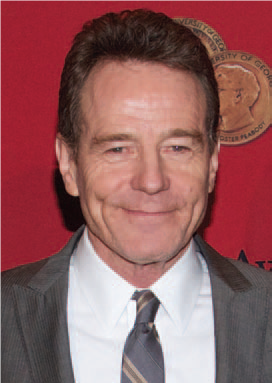
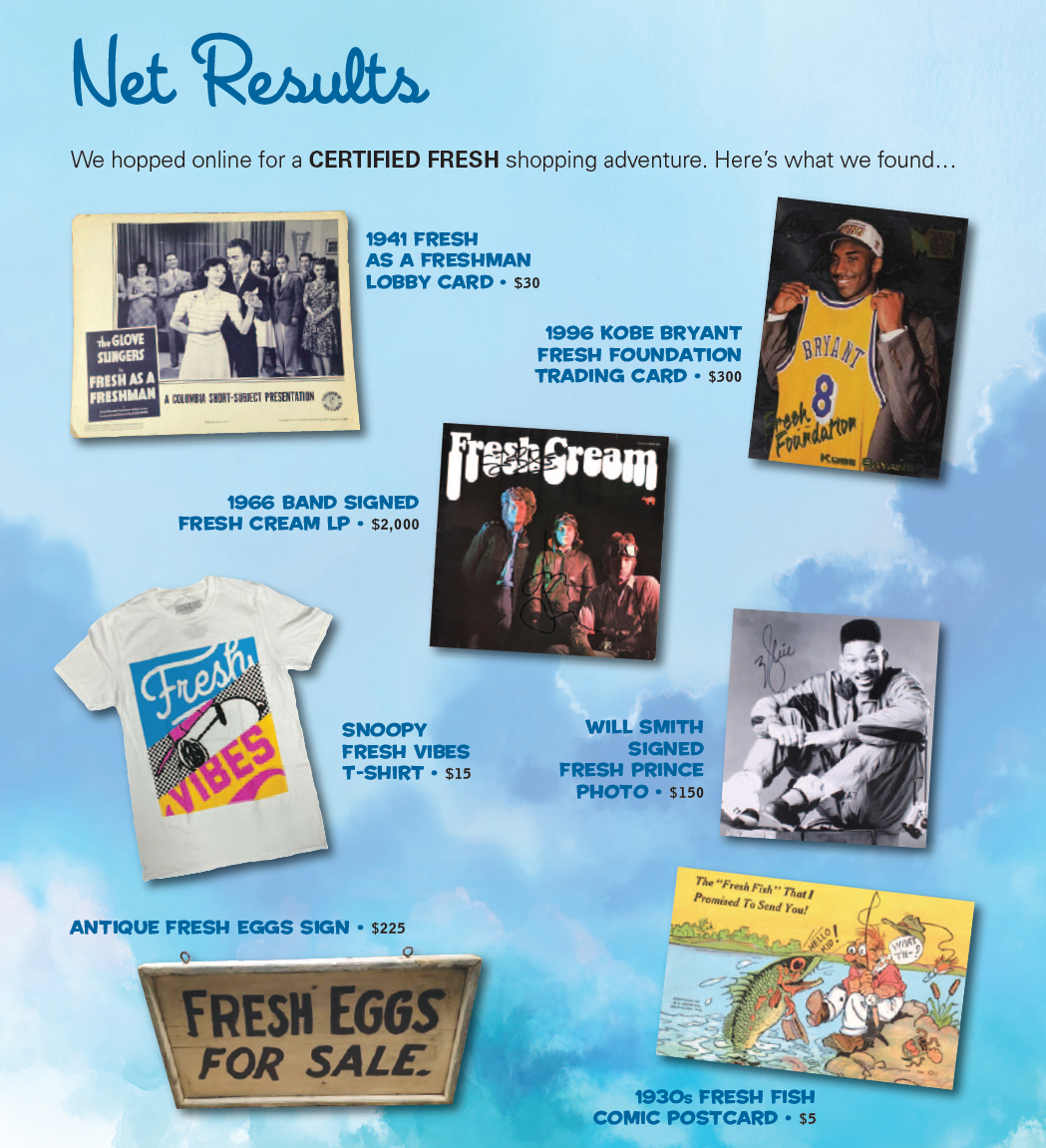

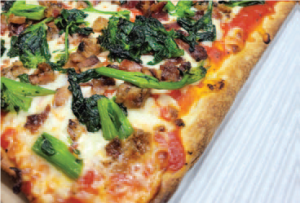

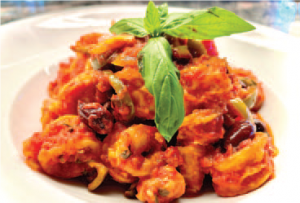
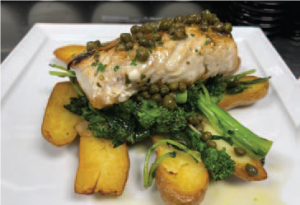




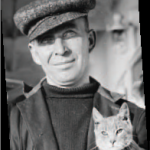
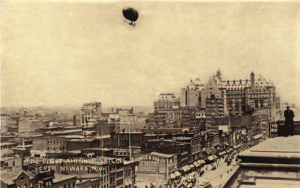






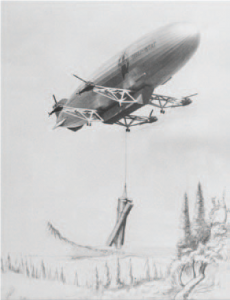
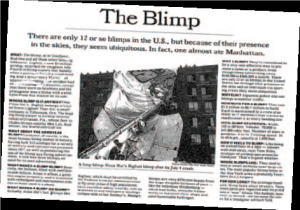


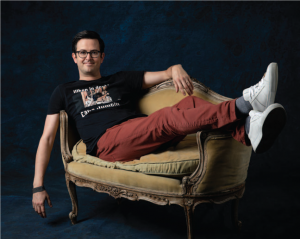






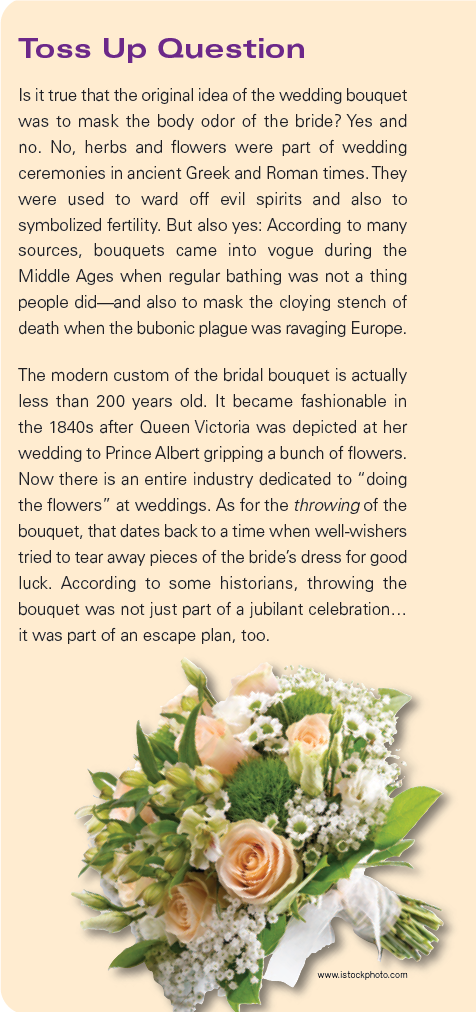






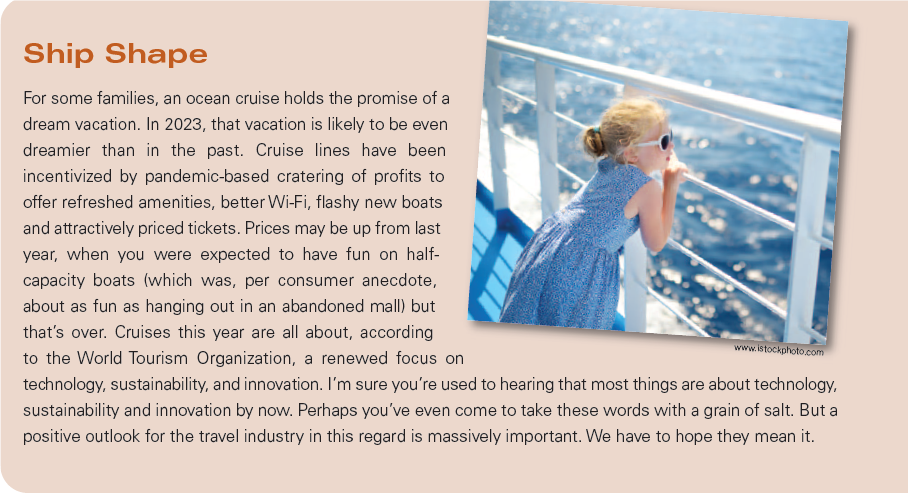
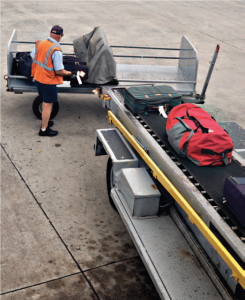










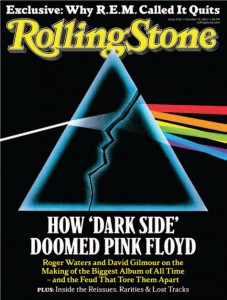






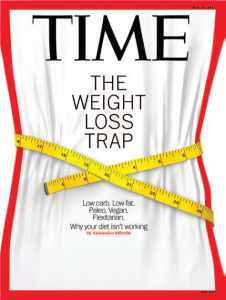







 As with any screening test, there are risks and benefits, Dr. Li adds.
As with any screening test, there are risks and benefits, Dr. Li adds.



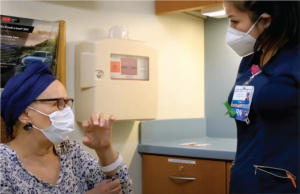


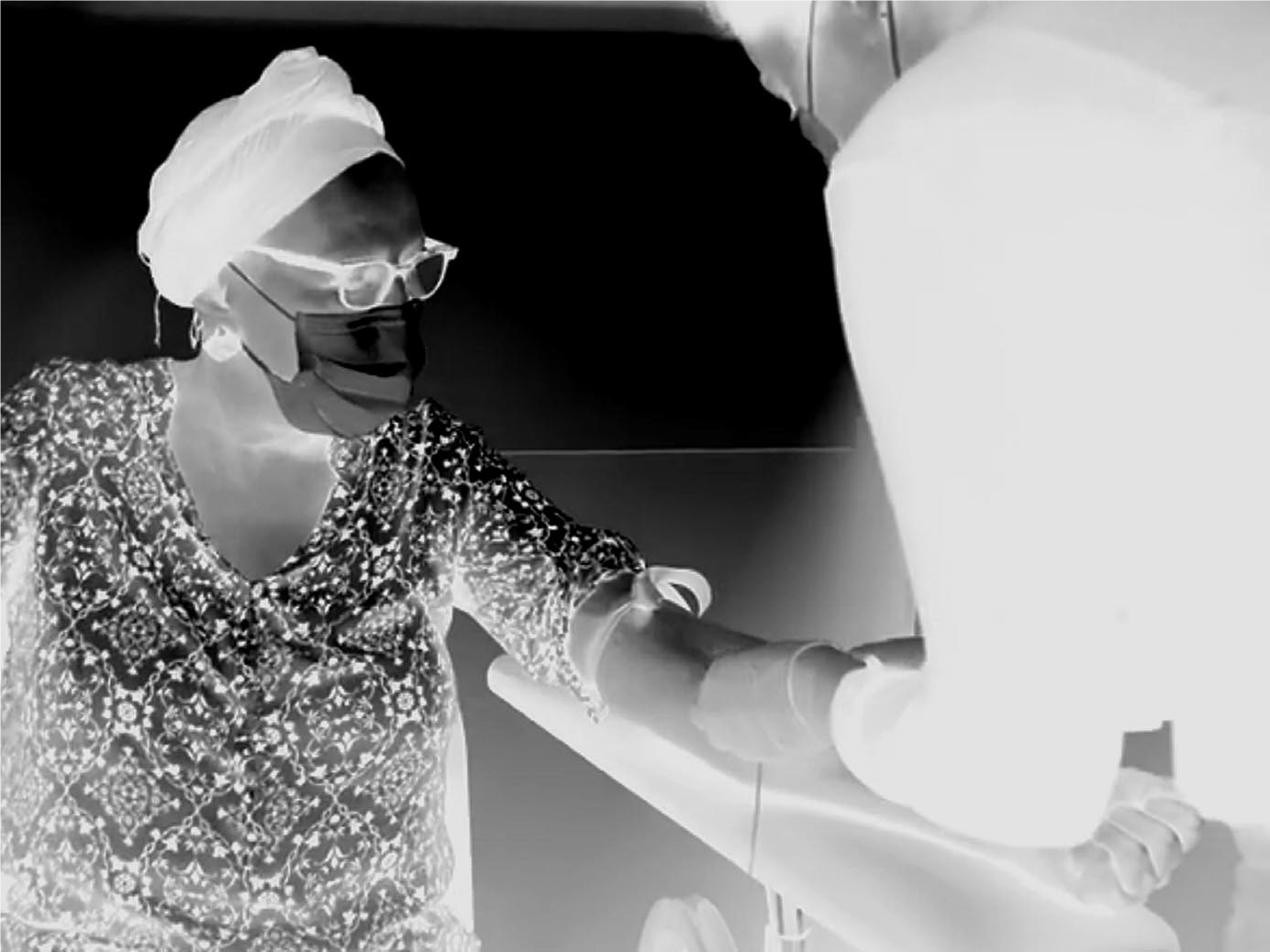
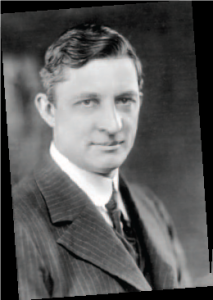

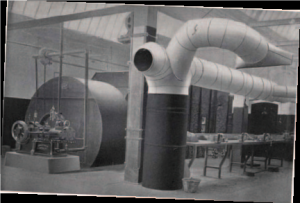
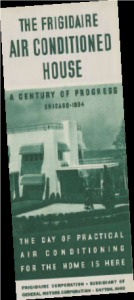 1934
1934 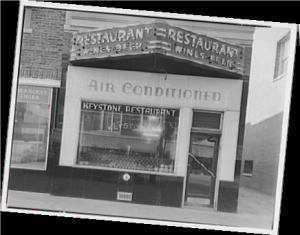 1935
1935  1940
1940 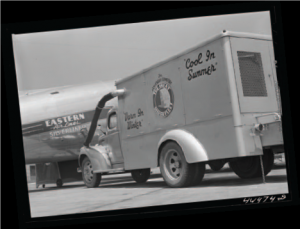 1943
1943  1941
1941 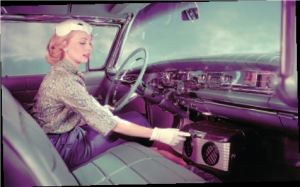 1952
1952 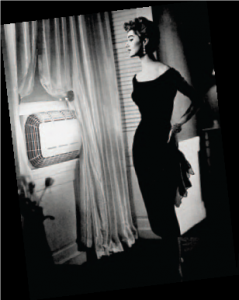 1954
1954  1971
1971 
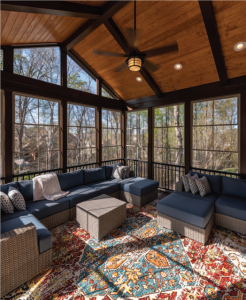












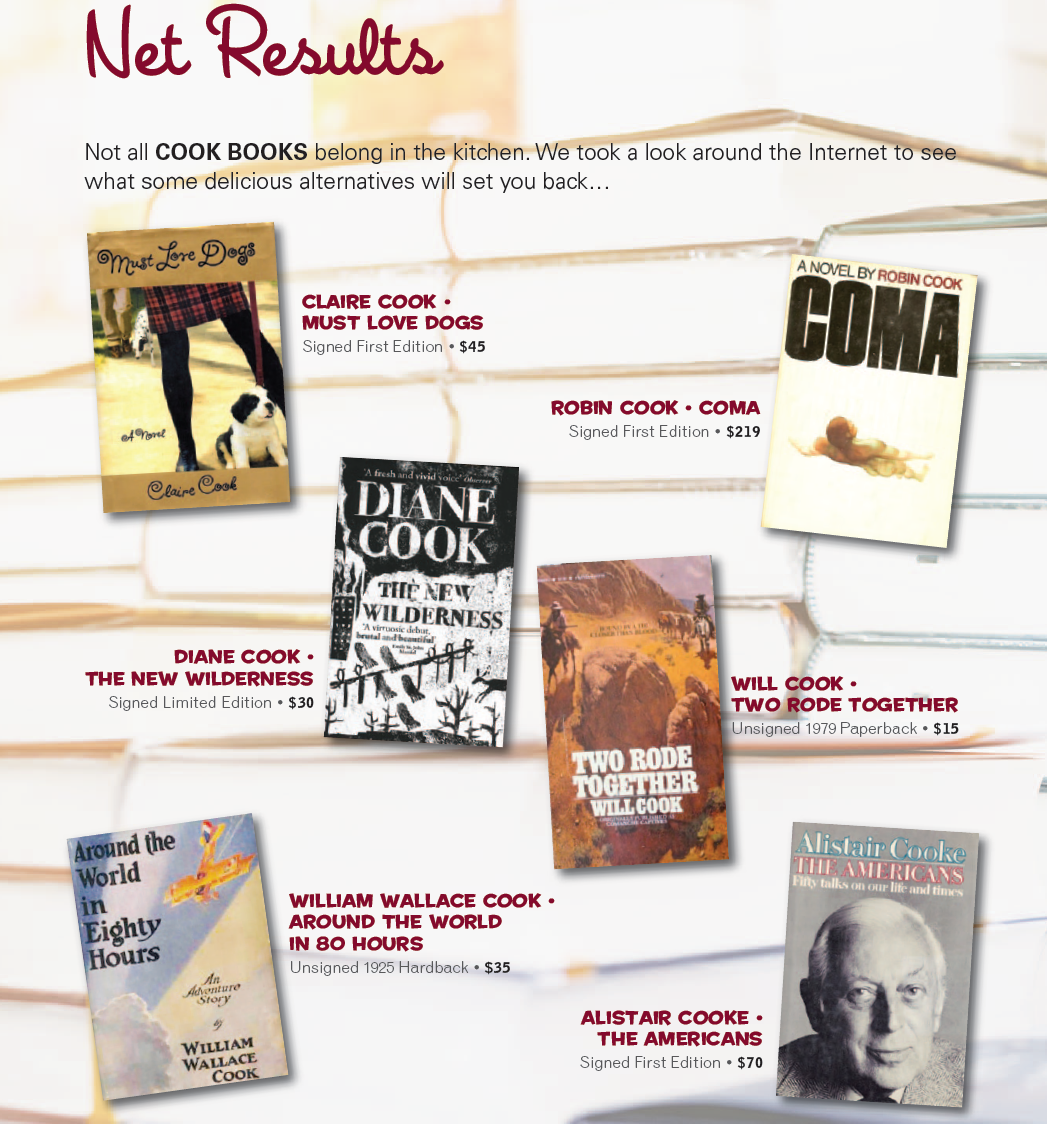

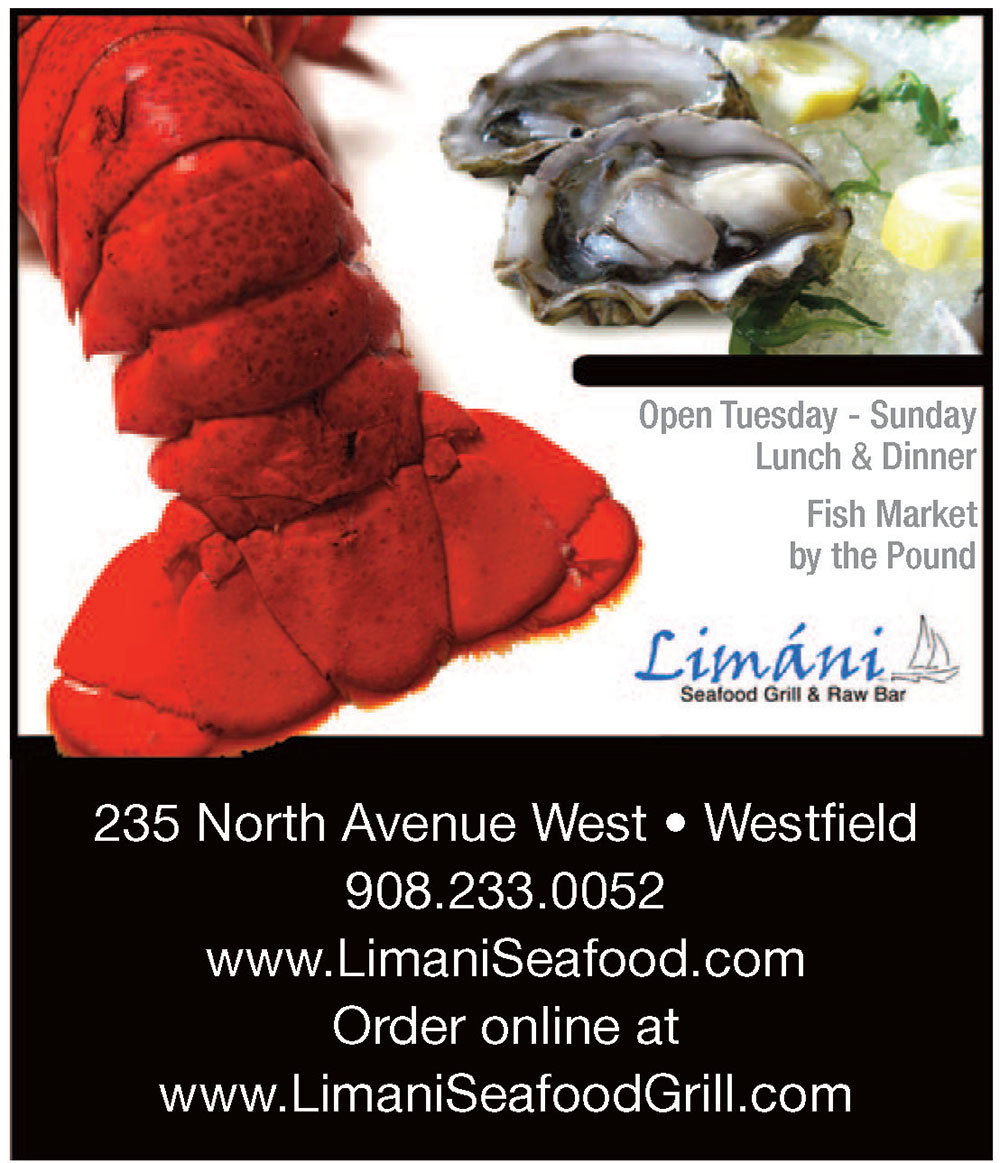


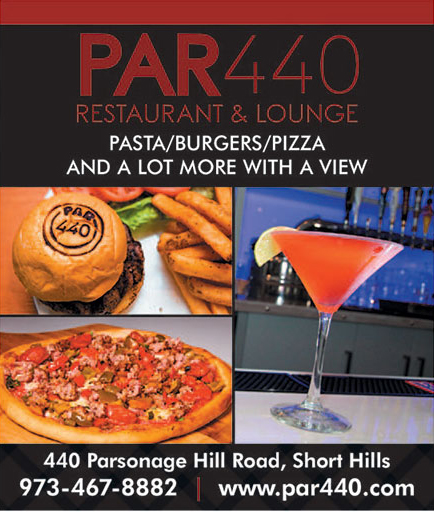
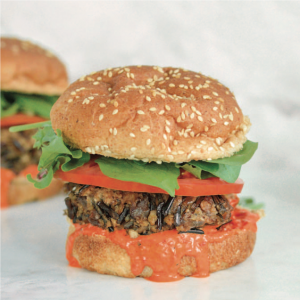





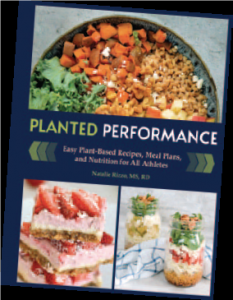 Vegetarian diets also improve several heart-disease risk factors, including abdominal obesity, blood pressure, blood lipids and blood glucose. What’s more, for those who suffer from risk factors for heart disease, such as high cholesterol, a vegetarian diet may reduce cholesterol levels, decrease markers of inflammation, protect against plaque formation in the arteries and improve heart health without the use of cholesterol-lowering drugs. Consequently, vegetarians have a reduced risk of developing (and dying from) heart disease. Researchers attribute these benefits to the abundance of fiber and the scarcity of saturated fat in vegetarian and vegan diets. Additionally, compared with meat-eaters, vegetarians and vegans have a lower risk of developing type 2 diabetes and cancer, especially gastrointestinal cancer. EDGE
Vegetarian diets also improve several heart-disease risk factors, including abdominal obesity, blood pressure, blood lipids and blood glucose. What’s more, for those who suffer from risk factors for heart disease, such as high cholesterol, a vegetarian diet may reduce cholesterol levels, decrease markers of inflammation, protect against plaque formation in the arteries and improve heart health without the use of cholesterol-lowering drugs. Consequently, vegetarians have a reduced risk of developing (and dying from) heart disease. Researchers attribute these benefits to the abundance of fiber and the scarcity of saturated fat in vegetarian and vegan diets. Additionally, compared with meat-eaters, vegetarians and vegans have a lower risk of developing type 2 diabetes and cancer, especially gastrointestinal cancer. EDGE 

